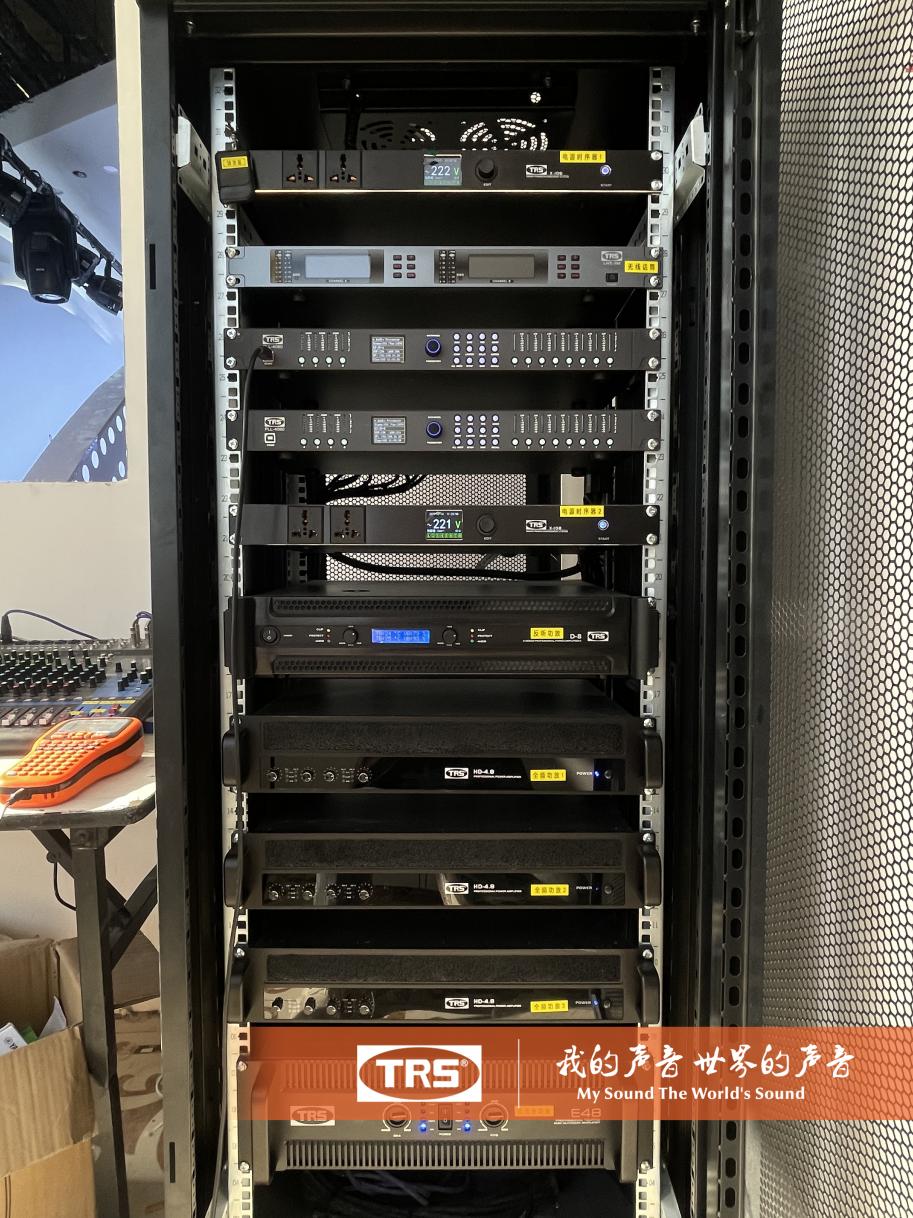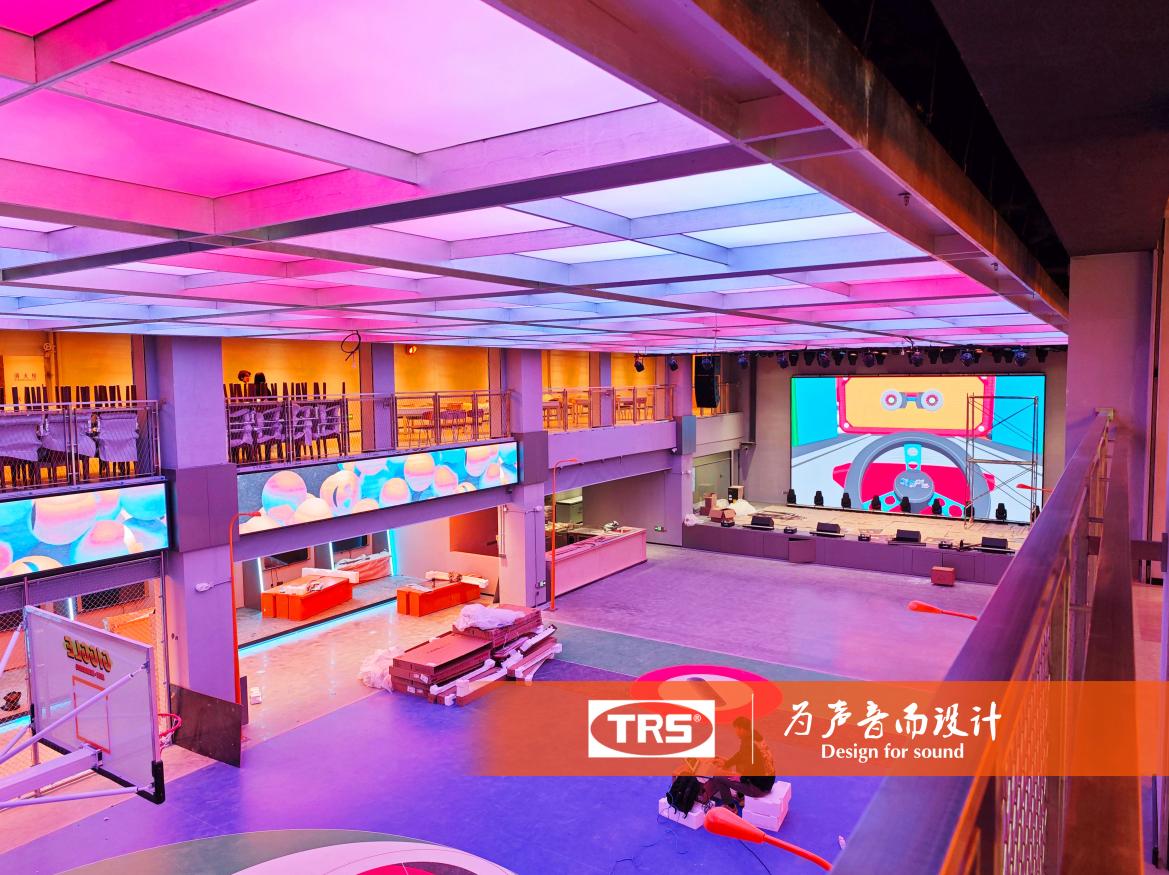When it comes to audio equipment, the amplifier plays a vital role in determining the overall sound quality of the system. Among the many specifications that define amplifier performance, frequency response range is one of the most important parameters. Understanding how frequency response range affects sound quality can help audiophiles and general listeners make informed decisions when choosing audio equipment.
What is frequency response?
Frequency response refers to the range of frequencies that an amplifier can effectively reproduce. It is usually measured in Hertz (Hz) and expressed as a range, such as 20 Hz to 20 kHz. This range covers the spectrum of frequencies audible to humans and is usually considered to be from 20 Hz (the lowest bass) to 20 kHz (the highest treble). An amplifier with a wider frequency response range can reproduce a wider spectrum, significantly improving the listening experience.
The Importance of Frequency Response Range
1. Bass Reproduction: The low end of the frequency spectrum, typically below 100 Hz, is where the bass frequencies reside. An amplifier that can accurately reproduce these low frequencies will result in a richer, more immersive sound experience. For genres that require deep bass, such as electronic, hip-hop, and classical music, an amplifier with a frequency response that extends to 20 Hz can significantly improve the sound quality.
2. Midrange Clarity: Midrange frequencies (approximately 300 Hz to 3 kHz) are critical to vocal clarity and the natural timbre of instruments. An amplifier that excels in this range ensures that vocals and instruments sound clear and lifelike. If the frequency response is limited to this range, the sound will be muddy and unclear, affecting the overall listening experience.
3.Treble Detail: High frequencies, especially those above 3 kHz, contribute to the detail and clarity of sound. Instruments such as cymbals, flutes, and violins produce sounds in this range. An amplifier that can accurately reproduce these frequencies can provide space and detail, improving overall sound quality. Inadequate frequency response in the treble range can result in a dull or lifeless sound.
How frequency response affects sound quality
An amplifier’s frequency response range directly affects how well it reproduces different types of audio signals. Here are some of the main ways frequency response affects sound quality:
1. Distortion and Coloration: If an amplifier cannot reproduce certain frequencies, it may introduce distortion or coloration to the sound. For example, if the amplifier cannot handle low frequencies well, it may produce distorted bass that lacks clarity. This distortion is particularly noticeable in complex passages where multiple instruments are playing simultaneously.
2. Dynamic Range: An amplifier’s dynamic range refers to the difference between the quietest and loudest volumes it can reproduce. A wider frequency response range generally means a greater dynamic range, which allows the amplifier to handle subtle nuances and powerful crescendos without distortion. This ability is critical for genres that rely on dynamic contrast, such as classical music and jazz.
3. Phase Response: Frequency response refers not only to the amplitude of the sound at different frequencies, but also involves phase response, which is the timing of the sound waves. Amplifiers with poor phase response can cause timing problems, making the sound incoherent or out of sync. This is especially detrimental in a stereo setup, where accurate imaging and sound field are essential for an immersive listening experience.
4. Compatibility with speakers: The frequency response of the amplifier must also be compatible with the speakers it drives. If the amplifier has a limited frequency response, it may not fully utilize the performance of a high-quality speaker. Conversely, a high-quality amplifier with a wide frequency response can fully utilize the performance of the speaker to its maximum potential.
Choosing the Right Amplifier
When selecting an amplifier, it is important to consider the frequency response range along with other specifications such as total harmonic distortion (THD), signal-to-noise ratio (SNR), and power output. A well-performing amplifier has not only a wide frequency response but also low distortion and high power output to effectively drive the speakers.
For audiophiles, it is recommended to listen to different amplifiers in a controlled environment to evaluate their sound quality. Pay attention to how well the amplifier reproduces the bass, mid-range, and treble frequencies. A good amplifier should provide a balanced sound across the entire frequency spectrum, resulting in a pleasant listening experience.
In conclusion
In summary, the frequency response range of an amplifier is a key factor that significantly affects sound quality. A wider frequency response allows for better bass reproduction, mid-range clarity, and treble detail, all of which contribute to a more immersive and enjoyable listening experience. By understanding the importance of frequency response, consumers can make informed decisions when selecting amplifiers, ensuring they get the best sound quality from their audio systems. Whether you’re a casual listener or a serious audiophile, paying attention to frequency response can take your audio experience to new heights.
Post time: Aug-14-2025


